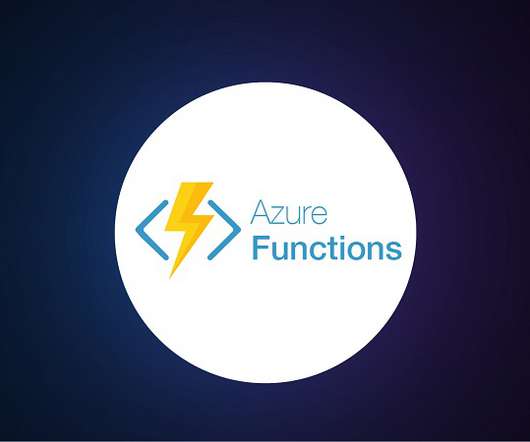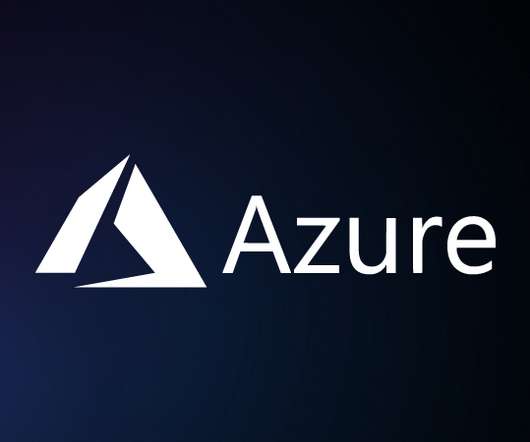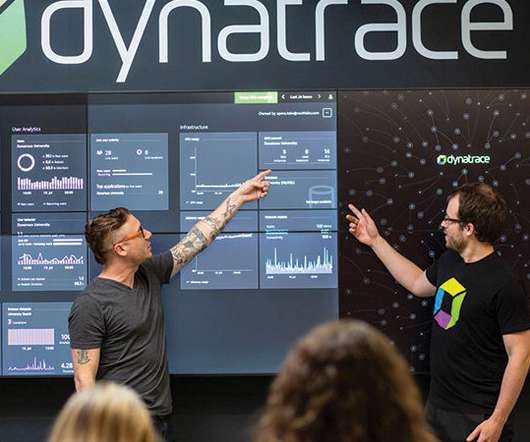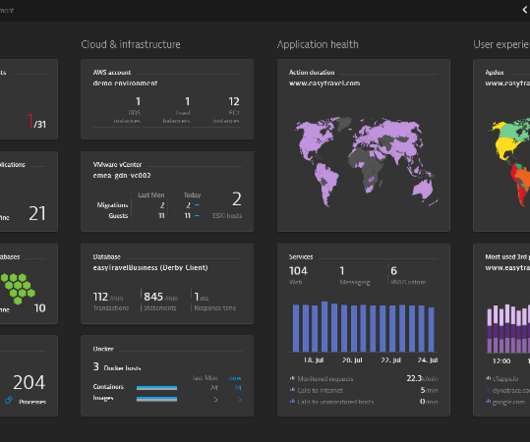What is Azure Functions?
Dynatrace
APRIL 5, 2021
What is Azure Functions? Similar to AWS Lambda , Azure Functions is a serverless compute service by Microsoft that can run code in response to predetermined events or conditions (triggers), such as an order arriving on an IoT system, or a specific queue receiving a new message. The growth of Azure cloud computing.















Let's personalize your content